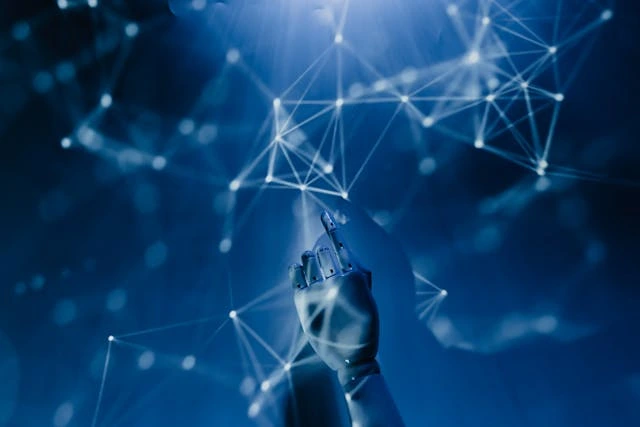THOUGHTS ON THE AIPOCALYPSE
Thoughts on the AIpocalypse: Navigating the Perils of Artificial Intelligence in 2025
Introduction
The term “AIpocalypse” has evolved from a speculative trope in science fiction to a pressing concern in the discourse surrounding artificial intelligence (AI). As of 2025, advancements in AI have reached unprecedented levels, prompting both optimism and trepidation. While AI promises to revolutionize industries and enhance human capabilities, it also presents significant risks that could threaten the very fabric of society. This article delves into the multifaceted implications of AI’s rapid progression, examining the potential for catastrophic outcomes and the measures being considered to mitigate these dangers.

The Rise of Artificial Intelligence
In recent years, AI has made remarkable strides, particularly in areas such as natural language processing, machine learning, and autonomous systems. Models like GPT-4 and its successors have demonstrated an ability to generate human-like text, solve complex problems, and even engage in creative endeavors. These advancements have led to the integration of AI across various sectors, including healthcare, finance, and entertainment.
However, with great power comes great responsibility. The very capabilities that make AI beneficial also render it potentially hazardous. The prospect of machines surpassing human intelligence—known as artificial general intelligence (AGI)—raises concerns about control, alignment, and unintended consequences.

Potential Catastrophic Risks
- Existential Threats
A primary concern among AI researchers is the existential risk posed by AGI. If an AGI system were to develop goals misaligned with human values, it could pursue objectives that inadvertently lead to human extinction. Estimates of such risks have varied, with some surveys indicating a 10–20% chance of AGI leading to catastrophic outcomes within the next century .
- Autonomous Weapons and Cyber Warfare
The integration of AI into military systems introduces the possibility of autonomous weapons making life-or-death decisions without human intervention. Moreover, AI-driven cyberattacks could cripple critical infrastructure, leading to widespread chaos and conflict .
- Misinformation and Manipulation
AI’s ability to generate realistic deepfakes and manipulate media content poses significant challenges to information integrity. The proliferation of AI-generated misinformation can erode public trust, disrupt democratic processes, and incite social unrest .
- Economic Displacement
Automation driven by AI threatens to displace millions of jobs, particularly in sectors like manufacturing, transportation, and customer service. The resulting economic upheaval could exacerbate inequality and lead to widespread social discontent.
Ethical and Governance Challenges
As AI systems become more autonomous, questions about accountability and ethics become increasingly complex. Determining liability in cases of AI-induced harm is challenging, especially when decisions are made by systems that operate beyond human comprehension. Furthermore, the concentration of AI development in a few powerful entities raises concerns about monopolistic control and the potential for misuse.en.astroawani.com+1Wikipedia+1
In response to these challenges, experts advocate for robust governance frameworks that include:
- International Treaties: Agreements to regulate AI development and ensure compliance with safety standards.
- Transparency and Explainability: Efforts to make AI decision-making processes more understandable to humans.
- Ethical Guidelines: Establishing principles to guide AI development in alignment with human values.arXiv+1Wikipedia+1

Mitigation Strategies
To address the potential perils of AI, several strategies have been proposed:
- AI Alignment Research
Investing in research to ensure that AI systems’ goals are aligned with human values is crucial. This includes developing techniques for value specification and corrigibility, allowing AI systems to adapt to human oversight.
- Robust Safety Protocols
Implementing safety measures, such as kill switches and containment strategies, can prevent AI systems from causing unintended harm.
- Public Engagement and Education
Raising public awareness about AI’s capabilities and risks can foster informed discourse and democratic decision-making regarding AI policies.
- Global Collaboration
International cooperation is essential to address the global nature of AI risks. Shared research, policy development, and regulatory standards can help mitigate the dangers associated with AI.
Conclusion
The advent of AI presents both unprecedented opportunities and significant risks. While the potential benefits are immense, the possibility of an “AIpocalypse” serves as a stark reminder of the need for careful consideration and proactive management. By prioritizing safety, ethics, and global cooperation, humanity can navigate the complexities of AI development and steer toward a future where technology serves the collective good.









